Watching birds swoop into your garden, each with their distinct personalities and quirks is one of nature’s little delights. Some come for the seeds, some for the fruit, and some just to bicker over the best perch. With so many garden birds popping by, knowing what birds eat can make all the difference in who shows up. From the Crested Barbet to the Southern Masked Weaver, let’s learn about the delicious world of bird diets and how you can make your garden the ultimate hangout for South Africa’s garden birds.
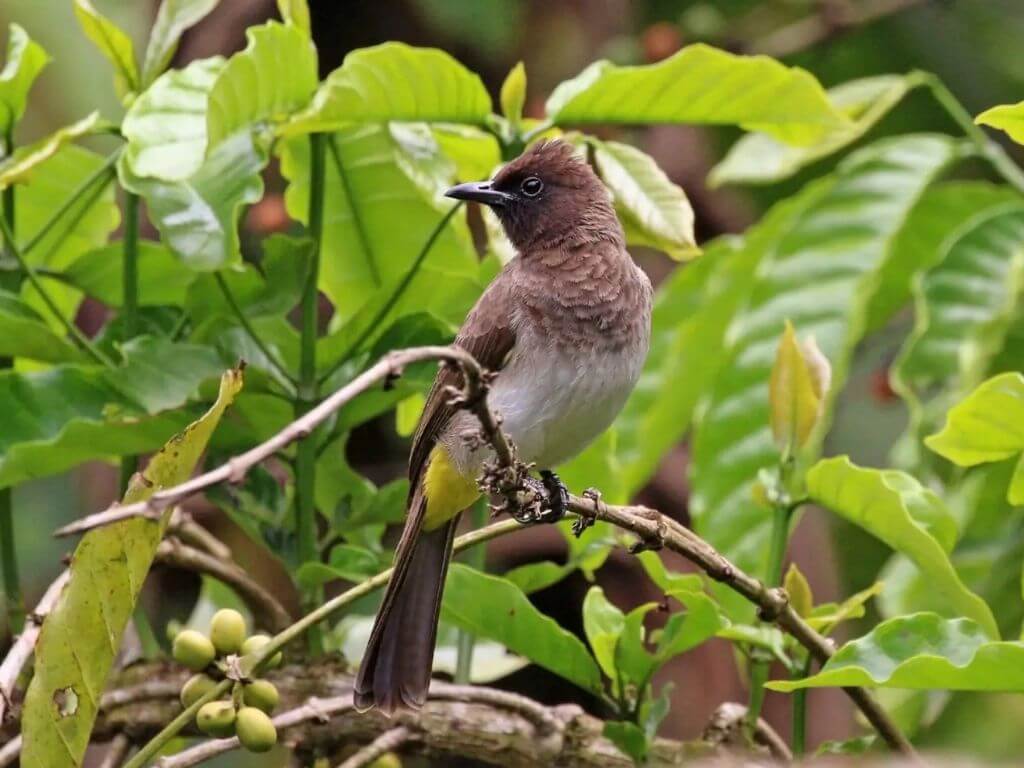
Common garden birds and their diets
Different birds have different tastes, and South Africa’s garden birds are no exception. Many species, like the Dark-capped Bulbul and Cape Sparrow, are regular visitors with unique preferences for seeds, fruits, insects, or nectar. Here’s a look at some familiar garden birds and the food they enjoy in your backyard.
- Crested Barbet: This colourful bird is a fan of nectar, suet, insects, and fruit. Adding a suet feeder or some sliced apples will likely keep them coming back.
- Bronze Mannikin: These small, sociable birds prefer a range of seeds, plant material, suet, nectar and insects. Our garden mix or wild bird seed will be a hit with these garden visitors.
- Red-headed Finch: Seed-loving and vibrant, the Red-headed Finch will appreciate a simple bird seed blend in your feeder.
- Red-faced Mousebird: A unique species that enjoys plant material, fruit, and some nectar. Soft fruits like bananas or apples will appeal to them.
- Dark-capped Bulbul: This adaptable bird loves nectar, suet, insects and fruit. Try offering small pieces of fruit or a suet ball.
- Southern Masked Weaver: Known for its intricate nests, this bird enjoys seeds, suet, nectar and plant material. A suet feeder with a side of wild bird seed will suit them well.
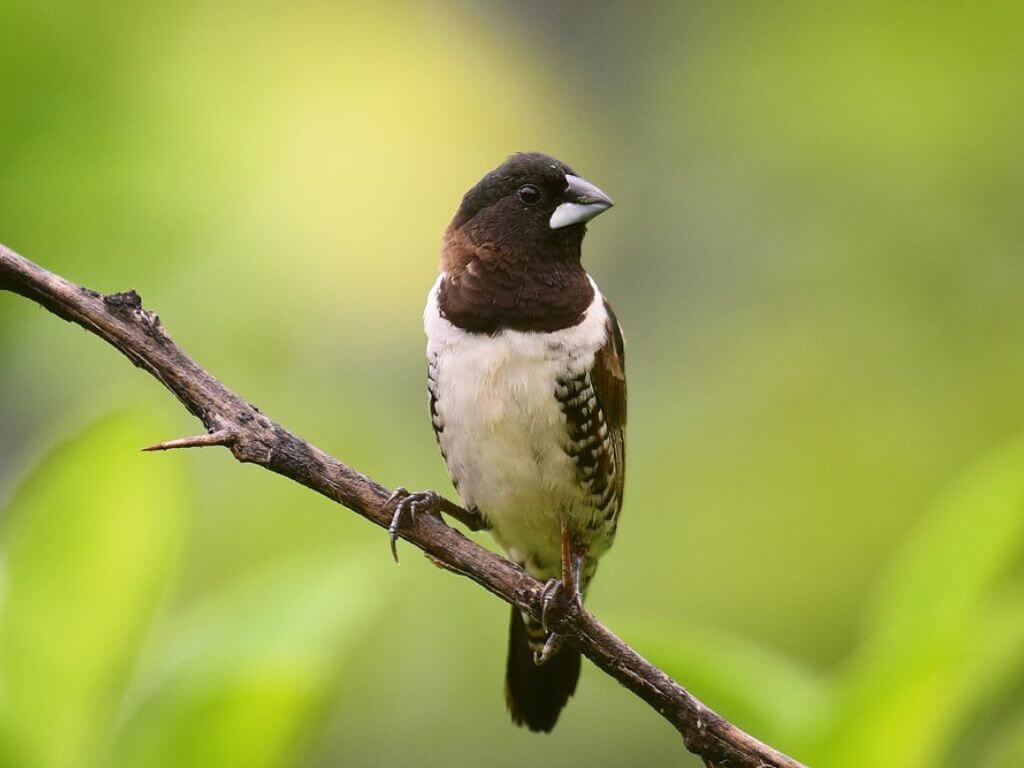
The “Little Brown Jobs” (LBJs)
South Africans affectionately call many small, brownish birds “Little Brown Jobs” or “LBJs.” These birds, like the Cape Sparrow and Cape Canary, can sometimes be tricky to identify, but they’re easy to please when it comes to food. A general seed mix or suet will attract these birds, making it fun to see which species stop by.
- Cape Sparrow: These sociable birds love seeds and suet. A small feeder with a seed mix or a seed bell is a simple way to invite them into your garden.
- Blue Waxbill: Another little gem, the Blue Waxbill enjoys mixed seeds, suet, insects and fruit. A quality seed mix or our mealworm suet snack will do the trick.
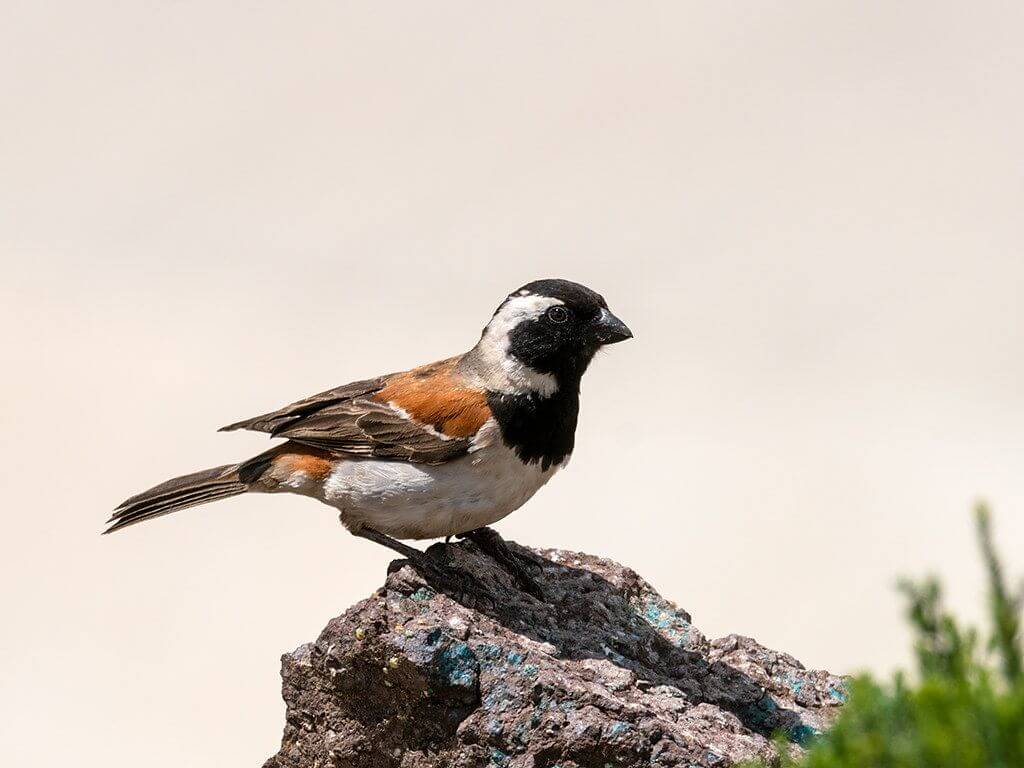
Understanding bird diets
Birds require a balanced diet, including macronutrients (proteins, fats, and carbohydrates) and micronutrients (vitamins and minerals). Their dietary needs vary depending on their species and life stage, such as growth, reproduction, or migration. Knowing what birds eat and providing natural, healthy food is essential for bird health:
- Seeds: Seeds are ideal for many garden birds, and Westerman’s bird seed is formulated to provide the perfect nutrition for your feathered visitors.
- Fresh fruits and vegetables: Many birds, especially fruit-eaters like the Dark-capped Bulbul and Green Wood Hoopoe, appreciate sliced apples, bananas, or soft veggies.
- Suet and mealworms: These high-energy foods are ideal for insect-loving birds, especially in colder months when insects are scarce.
Avoid foods like milk and bread, which can be harmful as birds are lactose intolerant, and bread offers little nutritional value and may even harm them.

Seasonal considerations
Birds’ diets can shift with the seasons, impacting what birds eat as they search for food. For instance, suet and mealworms are ideal in winter when insects are less available, while seeds and nectar work well year-round. Fresh fruits are a summer favourite when natural fruit sources are in abundance.
Matching the right feeder with the right birds
To maximise bird visits, offer a mix of foods that cater to different species. Knowing what birds eat seasonally or year-round can enhance your garden’s bird appeal:
- Seed feeders: For seed-loving birds like Cape Sparrows, Red-headed Finches, Bronze Mannikins, and Cape Canaries.
- Suet feeders: Great for attracting high-energy birds such as the Crested Barbet and Southern Masked Weaver.
- Fruit feeders: Ideal for attracting Dark-capped Bulbuls, Crested Barbets, and Green Wood Hoopoes.
- Nectar feeders: Suited to birds like the Cape Glossy Starling and Cape White-Eye with a low-sugar nectar solution.
Your bird buffet isn’t complete without a good feeder. Read our guide to the best ones.
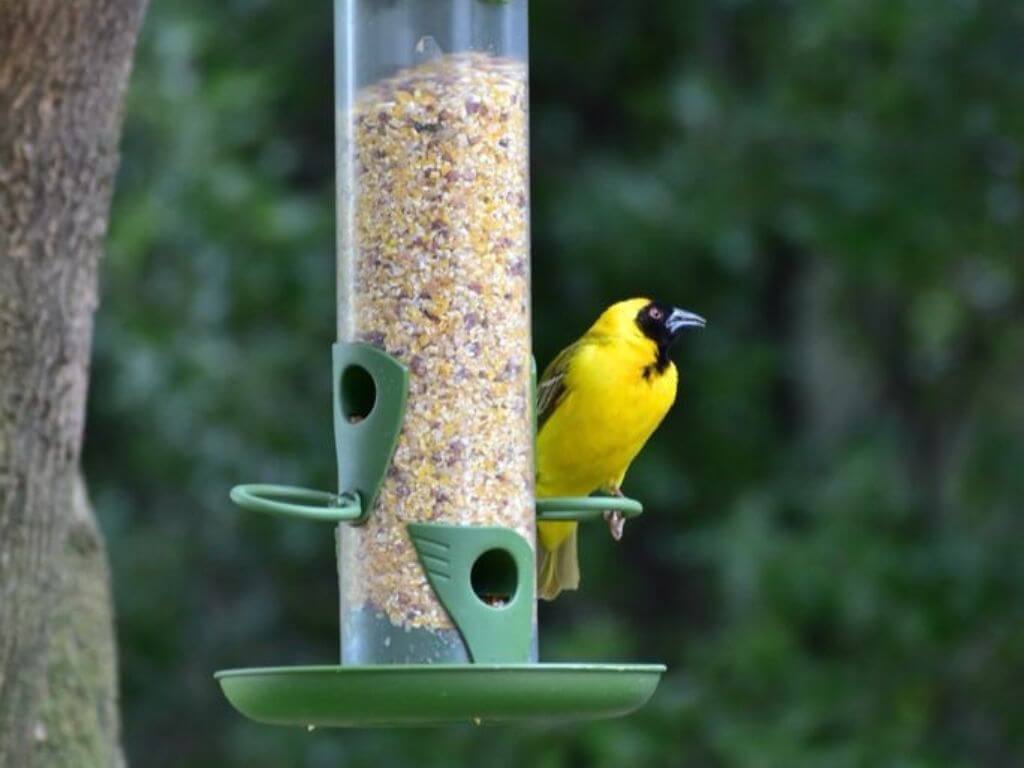
Bird feeding tips
- Discard spoiled food: If food becomes damp, mouldy, or develops a bad smell, replace it to keep birds healthy.
- Avoid unnatural additives: Steer clear of honey, Bovril, Marmite, or any other additives when offering what do birds eat naturally.
- Regular cleaning: Clean your feeders weekly to prevent the spread of disease and ensure your garden birds stay healthy.
- Provide fresh water: A clean birdbath will attract more birds and keep them hydrated and happy.
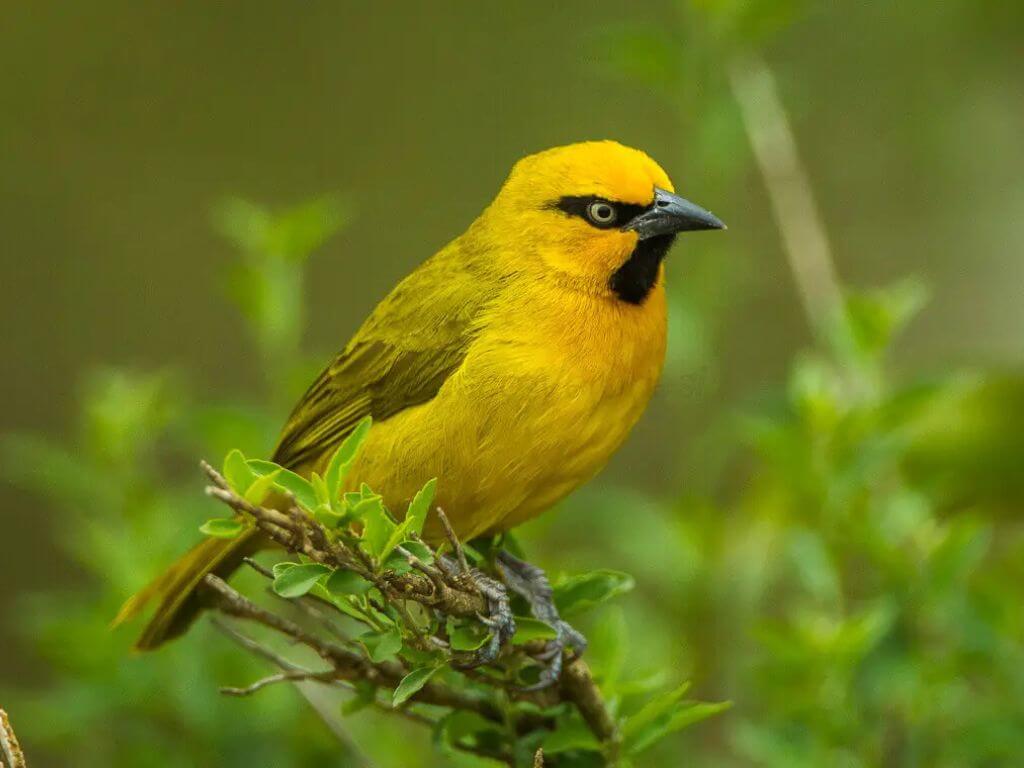
Creating a garden where birds feel welcome and well-fed is incredibly rewarding. By learning what birds eat and offering a mix of the right foods, you’re opening your outdoor space to a colourful world of birdlife, from the vibrant Golden-breasted Bunting to the lively Pin-tailed Whydah. Stock up on nutritious treats from Westerman’s, keep those feeders clean, and enjoy the beauty of birds making your garden their favourite hangout spot. With each flutter and chirp, they’ll remind you why feeding our garden friends is so worthwhile.